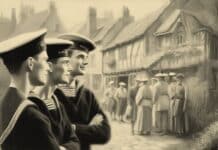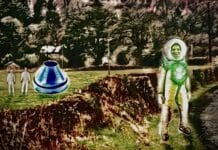DAVID SENIOR tells us the real life Norfolk origins of the horrifying folktale of the Babes in the Woods
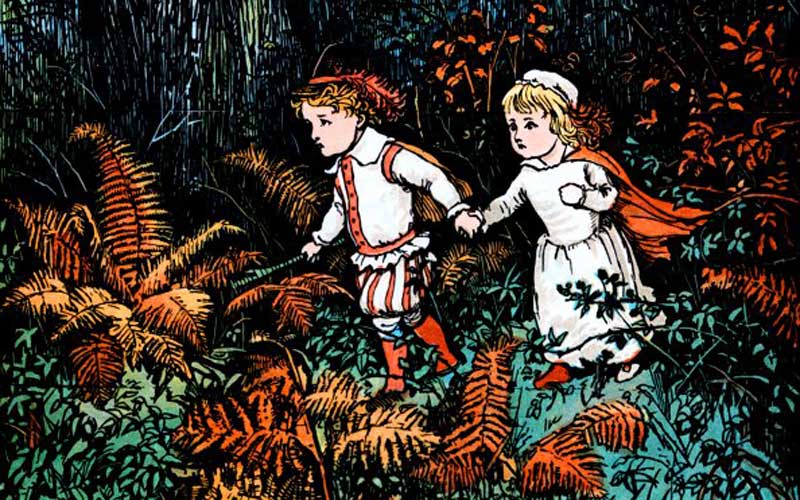
The village sign for Watton, a small market town in the Norfolk countryside, features two young children, cherub-naked, sitting with their backs against an overhanging tree.
An usual-sounding representation of the village, perhaps, until one learns of the area’s relevance to the story the sign is referencing: the Babes in the Wood.
Just outside of Watton, the ancient woodland of Wayland Wood still stands, and it is said to be within these woods that the story revolves.
A folktale popular for centuries, the story of the Babes in the Wood centres on two orphaned children left in the care of their uncle.
Coveting the siblings’ inheritance, the uncle passes the children on to two villains, intending for them to be murdered in the woods.
The murderers argue, and one kills the other: more sympathetic to the youngsters’ plight, the surviving crook lets them live, promising to return with food and water.
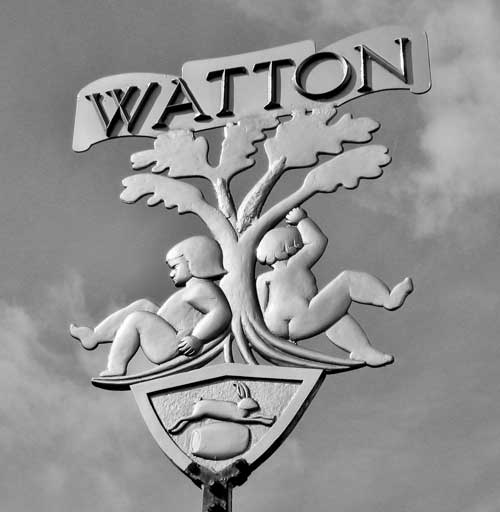
Yet he never returns, and the children, abandoned and lost, perish in the woods.
After their deaths, robins cover their bodies with leaves.
The Watton village sign pays homage to these two characters as it is from this area that the medieval tale originated.
As with all folkloric tales, truth and fiction blur intertwined, yet an accepted narrative seems to place the actual inspiration for the Babes in the Wood at some point in the mid-sixteenth century.
When the adult son of landowner and owner of Griston Hall Edmund de Gray died, his son, Thomas, became heir to the property.
The boy’s uncle, Robert de Gray, would become owner of the estate in the event of the boy dying without children.
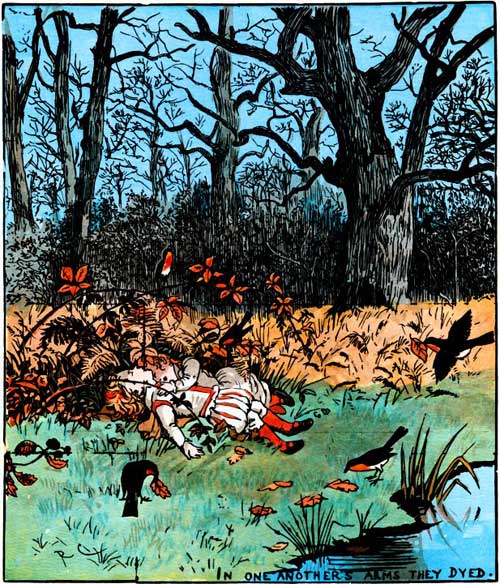
When the boy did indeed die under mysterious circumstances whilst visiting his widowed stepmother – and his uncle subsequently attempted to claim the widow’s property – talk of the wicked uncle and presumed involvement in the death of the child is said to have evolved into the folktale we recognise today.
The first published appearance of the story of Babes in the Wood was as a ballad, printed in nearby Norwich in the 1595, further suggesting it grew from a folktale local to the area.
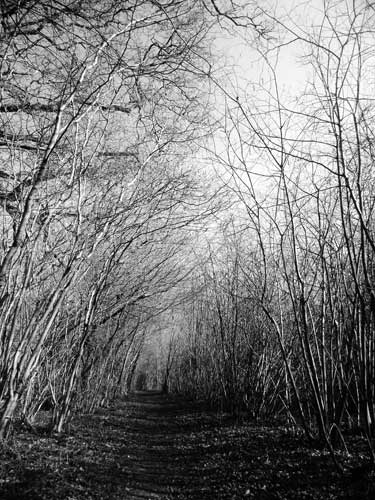
Wayland Woods form part of the estate contested over by the de Greys: rumours of hauntings amidst the trees by spectral children have persisted since the tale’s embedding in popular culture.
Indeed, a giant oak destroyed by lightning in 1879 was said to be the spot where the Babes died.
The phonetic similarity between ‘Wayland’ and ‘Wailing’ is clear: both the woods in the children’s tale and the actual existing woodland are commonly known as the ‘Wailing Woods.’
Yet the actual origin of the name Wayland is older, yet still strangely relevant: the word is said to have descended from the Old Norse ‘Wanelund’ – ‘sacred grove.’
Again, this notion of the magical woodland feeds back into the story’s final image: the birds paying respect to the dead infants, nature itself coming together to grieve over the murdered children’s fates.



